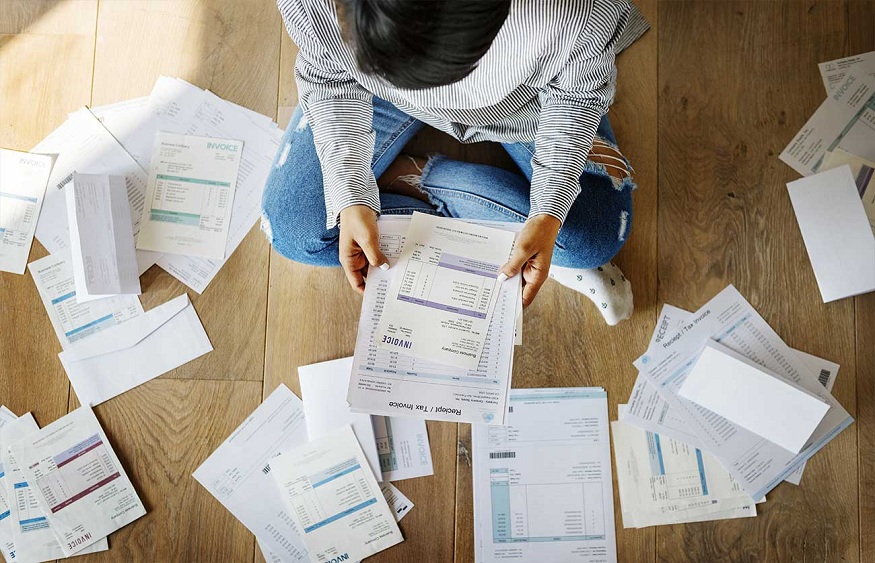After hesitant beginnings, under the impetus of the public authorities, the dematerialized invoice is becoming a reality for all companies.The electronic invoice (dematerialized invoice) will gradually become mandatory for all BtoB transactions from July 2024. We offer you a zoom on the rules of tax dematerialization, the methods of implementation. You will also discover the evolutions of the electronic invoice beyond 2024.
Tax dematerialization of invoices
The dematerialization of invoices is the replacement of the paper invoice by the electronic invoice , in accordance with legal requirements and with tax regulations. The electronic invoice or e-invoice is a process governed by precise rules. Indeed, it relies on technological solutions that comply with the legislation in force.
EDI to implement the dematerialized invoice.?
Full EDI or EDIDMF for dematerialized EDI, was until 2013 the only way authorized by the tax authorities to dematerialize invoices.
Invoices are transmitted via an EDI message in a structured and standardized format ( EDIFACT , XML, UBL 2.0). The advantage of this solution is that the sender and receiver Information Systems exchange directly via an EDI network. The invoicing process is fully automated. This solution is ideal for exchanging invoices between trading partners already equipped with EDI.
The Trusted Audit Trail
The Reliable Audit Trail or PAF makes it possible to exchange invoices in any digital format agreed between business partners: PDF, structured file, etc. In the event of a tax audit, the company must be able, as for the paper invoice, to be able to prove that the invoice is linked to a commercial transaction. It is a question of going back via an audit trail from the dematerialized invoice, to the delivery note and to the order. Similarly, the company is required to keep for the legal archiving period all the elements making it possible to establish the justification of the invoice.
The electronic signature
The simplest solution: the invoice is created in an electronic format, then secured by an electronic signature.
The electronic signature guarantees the authenticity and integrity of the data of the dematerialized invoice. The issuer of the invoice acquires a signature certificate from a certification authority. The dematerialized, electronically signed invoice is transmitted and stored with the certificate that authenticates it.
Financial and operational gains
The transition to dematerialized invoicing brings many benefits to companies. Whether they send or receive electronic invoices.
The obligation to invoice electronically in BtoB is accompanied by the obligation to simultaneously transmit to the DGFIP, Directorate General of Public Finances, data extracted from invoices. Also two new architectures for transmitting invoices will be deployed
The V-model
A public platform accessible to all, an evolution of Chorus Pro. Invoices are sent to the platform or entered online. The platform extracts data for the DGFIP. And sends the invoice to its recipient or to the invoicing platform to which it subscribes.
The Y model
Private invoicing platforms, provided they are certified by the tax authorities, continue to send dematerialized invoices directly between companies. They are required to extract billing data and communicate it to the DGFIP. This operating scheme is favored by the tax administration and companies, because it retains the current channels. And also is more resilient than the V-model in the event of a platform failure.

